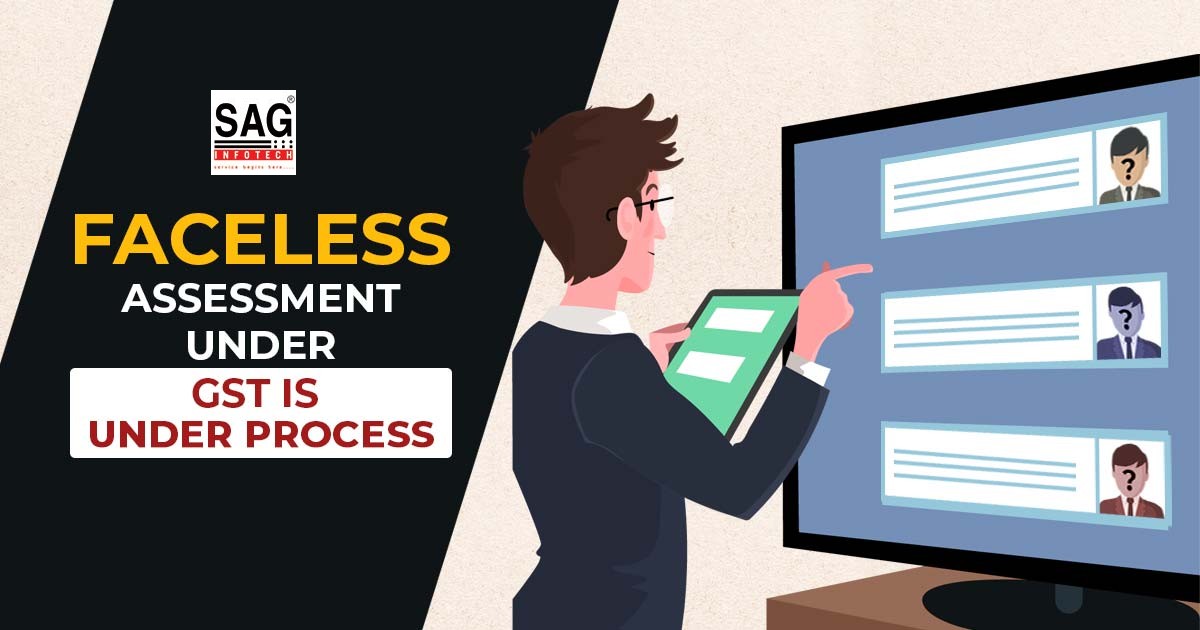
A senior official recently disclosed plans within the Goods and Services Tax (GST) authorities to potentially introduce a faceless scrutiny assessment for tax returns. This new approach, unlike conventional methods, removes the need for physical interaction between tax officers and assessees, as well as the submission of physical documents.
While faceless assessment has proven successful in the Income Tax department and Customs, its implementation into GST processes is anticipated to require a significant duration.
Jagmal Singh, the Vice President (Services) of GST Network, addressed the intricacies and considerations involved in integrating faceless assessment into the GST framework at an event. Singh emphasized that current GST assessments are closely linked to specific jurisdictional officers or units, necessitating careful planning and policy adjustments for a smooth transition to a faceless model.
Read Also: What is Faceless Income Tax Assessment & How it Works for Taxpayers?
Introduced on July 1, 2017, as a pivotal reform in indirect taxation, GST consolidated 17 local levies, encompassing excise duty, service tax, VAT, and various cesses. The shift towards a faceless assessment mechanism within GST mirrors a larger trend in tax administration, aiming to harness technology for streamlined procedures, heightened transparency, and minimized direct engagement between tax authorities and taxpayers.
Singh recognized the necessity for operational and policy alterations to actualize faceless assessment in GST. This involves redefining the existing jurisdictional framework and aligning policies with the objectives of a faceless system. Challenges in implementation arise due to the close ties between GST assessments and specific officers or units, demanding meticulous restructuring to accommodate this new paradigm.
Although faceless assessment has demonstrated effectiveness in other tax domains, the intricate nature of GST, with its extensive transactions and diverse business landscapes, presents additional hurdles. Authorities are dedicated to ensuring a smooth transition that optimizes technological advantages while addressing GST’s distinctive characteristics.
As the GST authorities navigate the complexities of introducing faceless scrutiny assessments, industry stakeholders and taxpayers remain vigilant about developments. This move signifies a stride toward modernizing and digitalizing tax administration, harmonizing with broader initiatives aimed at boosting efficiency, lessening compliance burdens, and fostering a transparent tax environment.